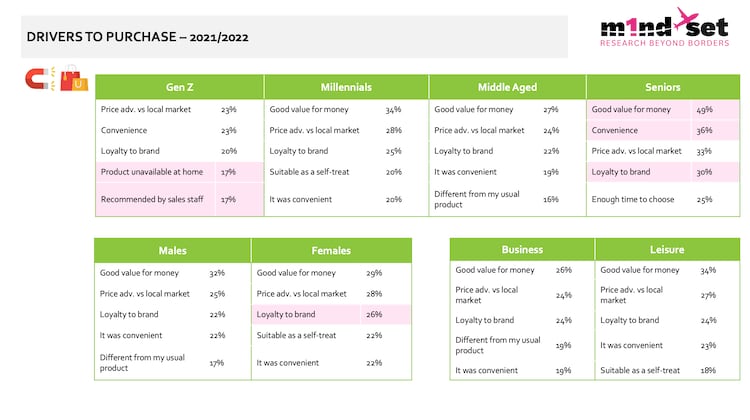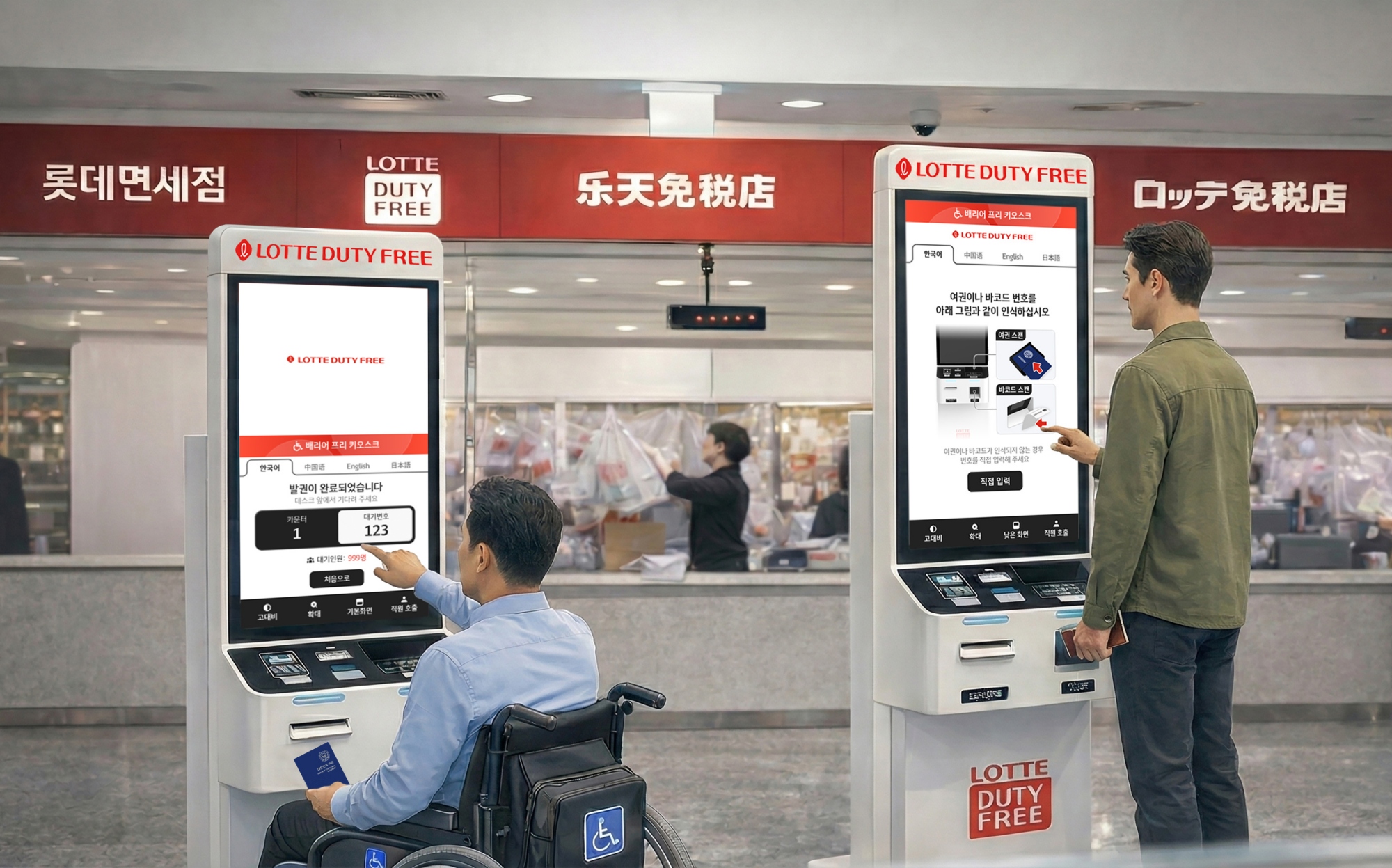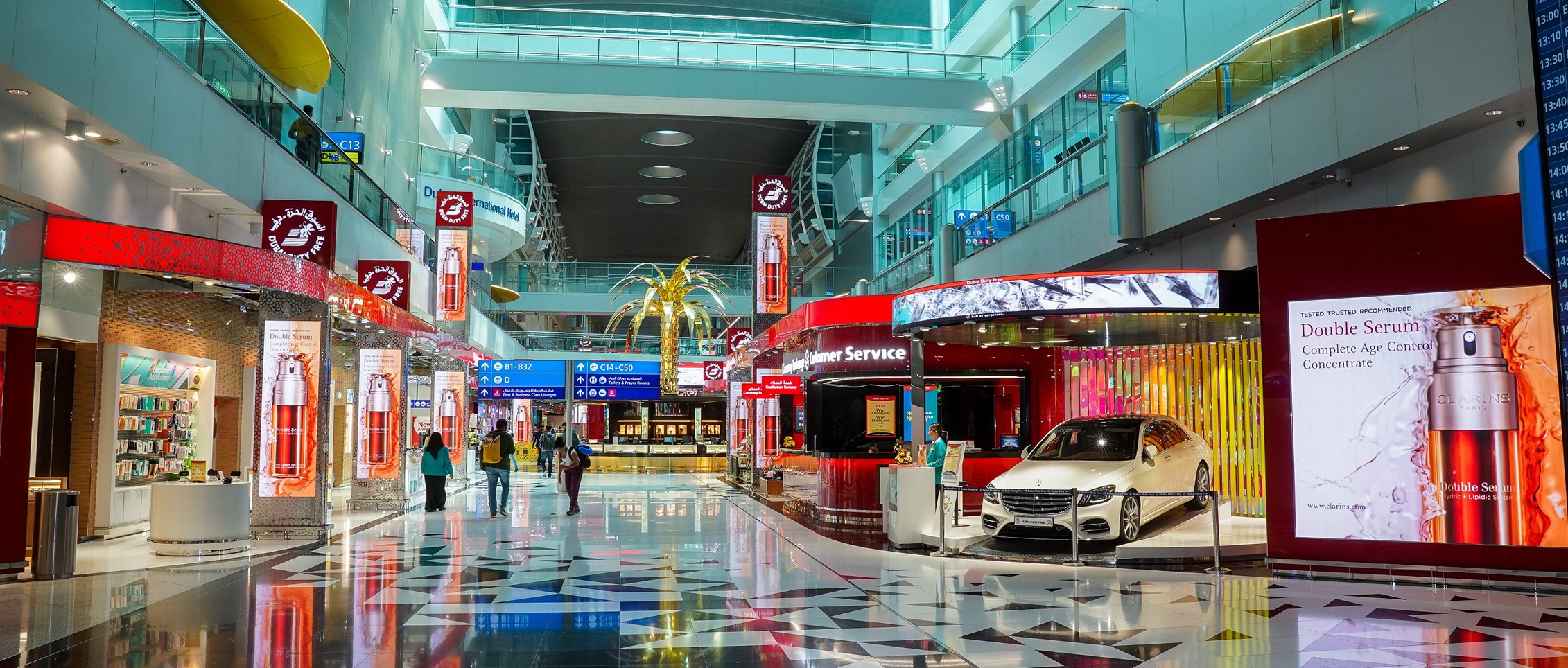
Shopper demographics have evolved significantly over the past five years, according to thelatest report from industry research agency m1nd-set.
The research studies shopping behaviour across age, gender and travel purpose as wellas across all m1nd-set’s signature customer segments. It provides a detailed comparison withbehaviour since the pandemic from 2021 to Q2 2022, to the four years prior to the pandemic, from2017 to 2020. Among the themes covered in the research are shop visiting behaviour andmotivation to visit the shops, purchasing behaviour including shopping drivers, purchase planningand the level and importance of staff interaction.

Peter Mohn, Owner & Chief Executive Officer at m1nd-set, said, "We have noticed a clearshift in trends across the various shopper segments since the pandemic and a growing interestamong clients in this evolution."
According to the research Middle-aged shoppers comprise the largest age segment in terms ofpurchasing behaviour, but Millennials saw the highest growth from the pre-Covid period to 2021-22. The percentage of Millennials purchasing in duty free shops increased by 7% from 15% to 22%,while Middle-aged shoppers grew by 6% from 47% to 53%. Gen Z shoppers also increased,doubling from 4% in 2017-2020 to 8% in 2021-22. In contrast, m1nd-set reports that there has beena steep decline in the percentage of Seniors purchasing in duty free shops, falling 17%, from 34%conversion in 2017-2020 to 17% in 2021-22.
Male shoppers have increased their purchasing behaviour by 7% from 57% to 64% while femaleshoppers saw a 7% decline, from 43% to 36%. When comparing the travel purpose segmentbehaviour, the research reports no movement from pre-Covid to 2021-22 among leisuretravellers, with 67% purchasing in the shops still. Among business travellers however, there is aslight decline of 2% from 34% to 32% purchasing in duty free shops.
In terms of the motivating factors for visiting the duty free and travel retail shops, having time tokill at the airport and convenience are consistently among the main appeal factors across agegroups, genders and travel purposes. Time to kill at the airport was the number one appeal factorfor both Gen Z shoppers (27%) and Middle-aged shoppers (24%) while for Millennials theconvenience factor was the most appealing factor at 27% and the second most appealing factoramong Seniors, also 27%. Lower prices are another important appeal factor. This is especially truefor Seniors, 46% of whom stated that lower prices are a key appeal factor, the most significantamong all appeal factors across all segments.
Price and value remain the key motivators to purchasing in duty free, the research reveals. Mohnexplained, "Despite all the various reasons for shopping in duty free – the convenience factor,travel retail exclusives, the guilt gift, self-indulgence or a last-minute holiday souvenir, all ofwhich are essential aspects enticing shoppers to purchase in duty free and travel retail, at the end of the day, price competitivity and value for money are unquestionably the leading shopperdrivers for all segments."

According to the research, in 2021-22 lower prices vs the domestic market and value for moneyare consistently quoted across all segments, whether age groups, genders or travel purposes.Good value for money is a particularly significant purchase driver for Seniors at 49% andMillennials, 34%. Convenience is also an important purchase driver for both Seniors, 36%, Gen Zshoppers and leisure travellers (both at 23%). Another common purchase driver in travel retail in2021-22 is loyalty to the brand, especially for Seniors (30%) and Females (26%).
The research also analyses the importance of sales staff in influencing shopper behaviour. Salesassociates have a significant impact on the decision to purchase and this varies considerably by customer segment as well as by region. The research reveals that the impact ofthe interaction has increased considerably in the wake of the pandemic as travellers set to theskies again.
Mohn said, "By understanding the behaviour among the various demographics and customer segments withregards to purchase planning, brands and retailers can adapt their pre-travelmarketing and communications to the various customer segments accordingly. This is particularlythe case for online marketing campaigns where the social media platforms and online advertisingagencies today can provide highly targeted campaigns to very specific profiles.
The customer segmentation has proved extremely resourceful to many brand and retailer clientsin preparing their consumer marketing strategies in travel retail."




